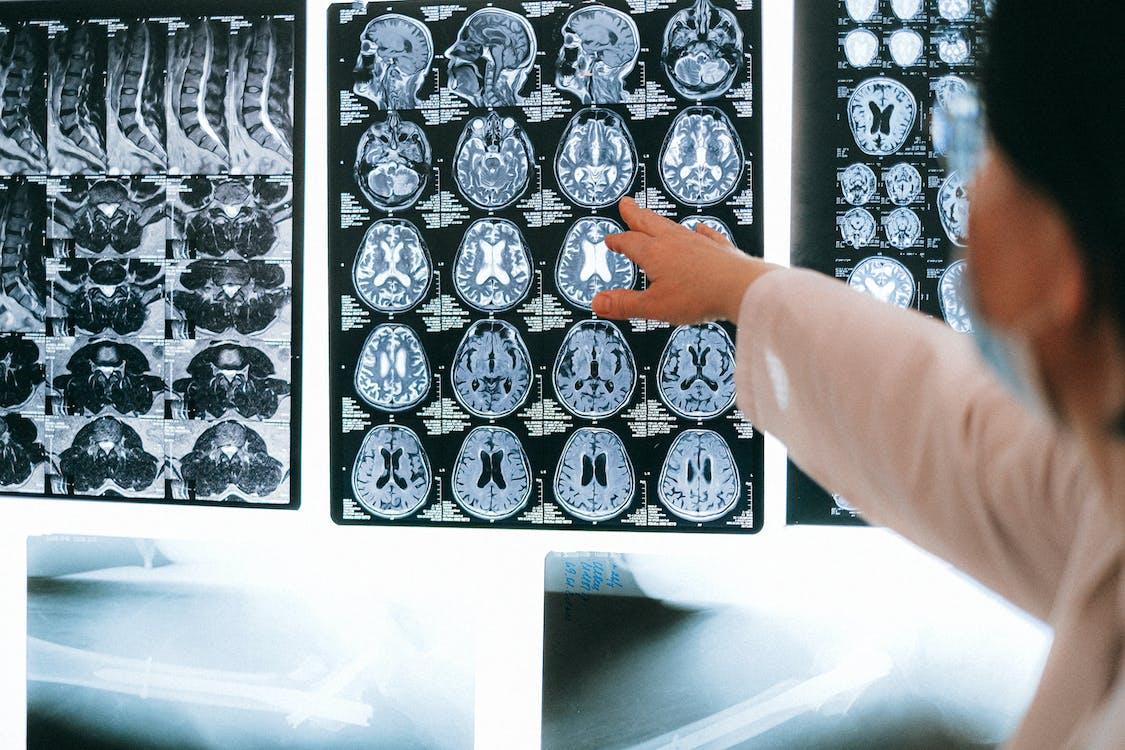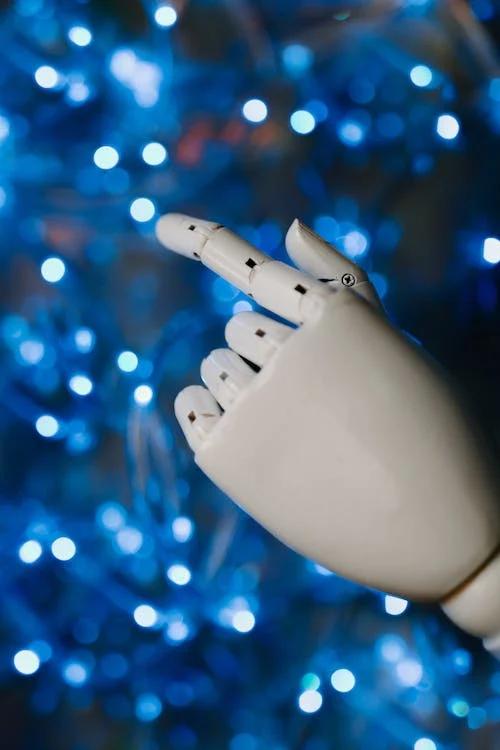Artificial intelligence brings many innovations to the field of healthcare, but this time it offers hope to Pankinson's and epilepsy patients with neural implants. This time, a move that combines innovative approaches and technologies will allow artificial intelligence to be used to treat various brain diseases, especially in the healthcare sector. Neural implants using deep learning are said to work "like a pacemaker in the brain".
Researchers at the University of Toronto are combining artificial intelligence and microelectronics to create innovative technologies that are safe and effective. The researchers plan to incorporate neural implants into miniature silicon chips, similar to the chips made in computers today.
This is said to be useful in the treatment of serious diseases such as Parkinson's disease and epilepsy, where the brain's control mechanisms are lost. It is hoped that new treatments can be developed and that neural implants can be used to treat some of these brain disorders.
Also See: Collaboration Between Volt Technology and Ghost Robotics
Neural Implant A Switch That Can Turn Neural Networks On And Off

Xilin Liu, senior researcher and assistant professor at the University of Toronto's School of Applied Sciences and Engineering, explains these groundbreaking AI-powered neural implants. Neurons communicate with each other partly through electrical signals, and the therapeutic neural implants generate pacemaker-like electrical impulses in the brain, Liu said. Especially in cases of tremors and seizures, the stimulus tries to return neurons to their normal state.
According to Liu, the neural implant would enable and disable neural networks similarly to a switch or restarting a computer. Of course, this method is complicated. Furthermore, according to Liu, scientists still don't fully comprehend how it operates. Patients who may not respond well to current medications may benefit from the Neural implant research created by Liu and his team. The neural implant reduces adverse effects of excessive brain stimulation. On the other hand, they believe that artificial intelligence has the potential to be a successful therapy option in the future.
This Implant Has Deep Learning Technology

Deep learning (DL), a subset of machine learning that makes use of artificial neural networks, is a sort of AI that the researchers in question utilize. When given fresh data, a group of algorithms known as "deep learning" "learns" and gathers in-depth knowledge. Additionally, it has the capacity to locate hidden biomarkers, which are measurements or illness signs that are frequently disregarded by conventional approaches.
This implies that they can rely on biomarkers to decide when to turn on the brain implant or implants. They don't need to continually forecast or employ stimuli at the same moment. According to Liu, regardless of the patient's health, the majority of current implants produce electrical stimulation at a constant pace. This has a very significant connotation, in fact. Liu claims that this means the neural implant can be turned on only when necessary and at the best possible time.
However, integrating this kind of technology would be challenging due to the high computational cost of deep learning models. The research team is working on techniques to train the models exclusively based on each patient's condition in order to save computational expenses.





No comments yet for this news, be the first one!...